Introduction

Cricket is a game that is followed by a huge number of people around the globe. Cricket with its interesting nature attracts viewers around the globe. Cricket is not only about bat and ball or runs and wicket, instead it is about the spirit that lies in the competition and serves us with the joy of playing the sport with our close ones.
Cricket Field
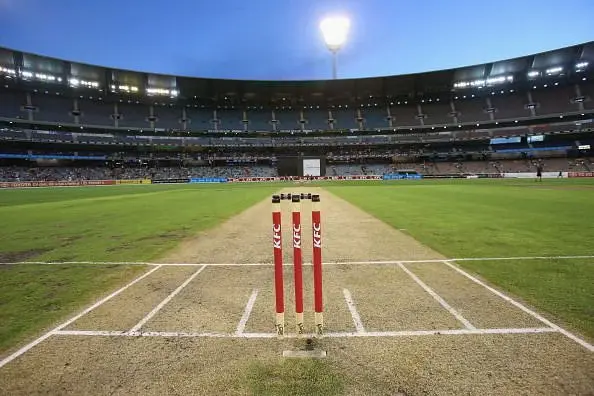
Basically, Cricket field is a large part of ground covered with grass where the game of cricket is played. The ground is divided into several parts. Each portion serves its purpose through the course of the game. The field is marked with boundaries which spots the limit in which the game is played.
Dimensions
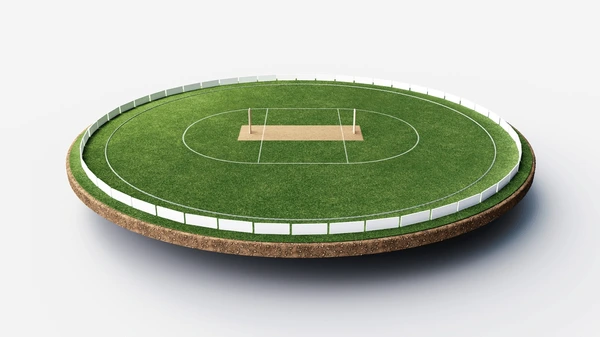
The dimensions of a cricket field can differ from ground to ground. But there are certain standard measurements that are used in professional cricket. In some cases, fields are allowed to have even greater peculiarities, such as the 2.5m slope across the Lord’s Cricket Ground, or the lime tree which sat inside the fence of the St Lawrence Ground.
Law 19.1.3 of ICC Men’s Test Match Playing Conditions as well as ICC Men’s One Day International Playing Conditions Reads:
For men’s:
– “The goal should be to maximize the size of the playing area at each venue. With respect to the size of the boundaries, no boundary shall be longer than 90 yards (82 meters), and no boundary should be smaller than 65 yards (59 meters) from the center of the pitch to be used.”
For Women’s:
– “The same ICC playing conditions under 19.1.3 for international women’s cricket needs the boundary to be between 60 and 70 yards (54.86 and 64.01 m) from the center of the pitch to be used for a particular game.”
These dimensions make sure that the field provides contests and challenges that are fair between the bat and the ball.
Various Aspects
A) Pitch

A rectangular strip onto the center of a cricket field which measures twenty-two yards is called The Pitch. This is a place where most of the action takes place. The pitch is marked with certain lines called crease. Creases define the certain areas of play onto the pitch in the name of Batting crease and Bowling crease.
Types of Pitches
1) Bouncy Decks

The pitch that offers pace along with a significant amount of bounce to the fast bowler’s, the strip is bouncy. The pace and bounce of a pitch defines how a pitch will behave during a particular game. Generally, this kind of pitches are found in Australia, South Africa, West Indies.
2) Turning Tracks
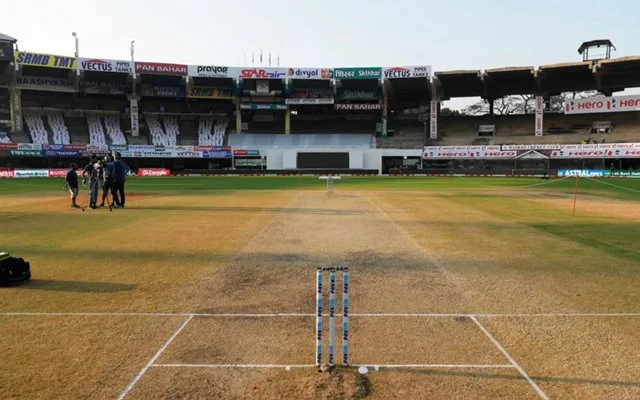
When a pitch offers a significant amount of turn to the spin bowlers of the bowling side, the strip is called a turning Pitch. This kind of pitch tends to break as the game progresses. Generally turning tracks are used in subcontinent such as India, Sri Lanka, Afghanistan.
3) Swinging Wickets
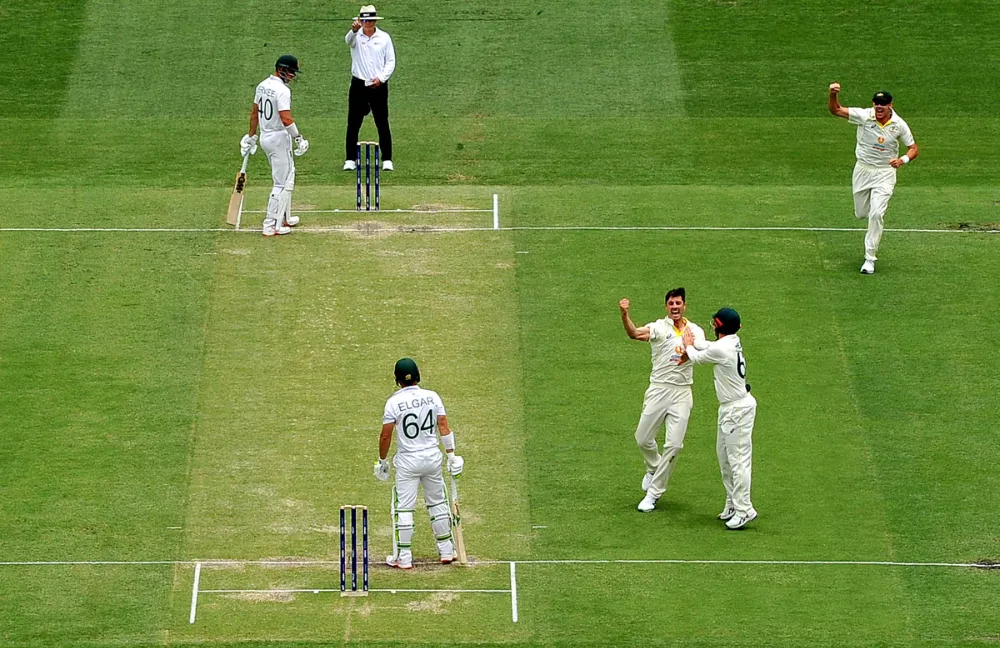
When a pitch offers a significant amount of movement to the fast bowlers out of the strip being used it is a swinging wicket. These kinds of wickets need a high level of concentration to contest the bowlers. Generally, these kinds of wickets are prepared in England, New Zealand.
B) Creases
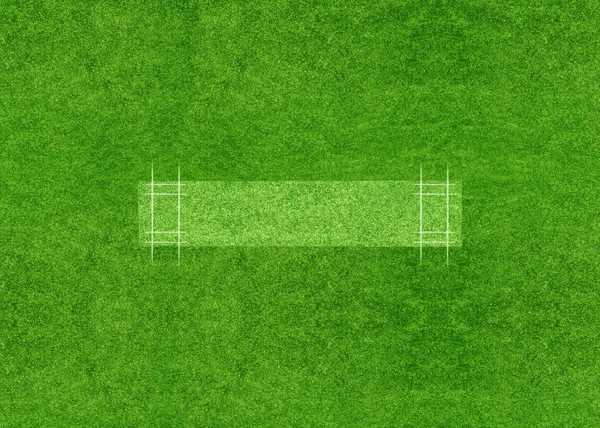
Certain marked areas of play onto the strips of the cricket field are called strips. The crease onto the strips of a cricket field plays an important role.
The popping crease is marked at both ends of a pitch. Basically, popping crease is where the batter stands when they get ready to face the bowler.
During a game these creases play an important role in determining whether a batsman is in the crease while attempting to score a run.
C) Boundaries
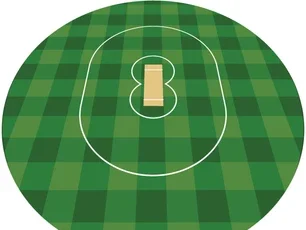
The perimeter of a cricket playing field is known as Boundary.
The Boundary of a cricket field is marked by a rope or line, which denotes the outer limit of the playing area. The term boundary in cricket is also used when a batter hits a ball to the boundary rope or beyond that. This earns six or four runs to the batter.
There are two types of boundaries:
– A SIX
When a ball hit by a batter goes beyond the boundary rope without making any contact in the playing field it is known as a six. This is the maximum number of runs a team can score with a ball.
– A Boundary (Four)
When a ball hit by a batter goes to the boundary fence after making contact with the playing field it is termed a boundary or a four.
D) Fielding Positions

There are several fielding positions onto a cricket field. During a cricket match the fielding team positions its players strategically to prevent the batting side from scoring the runs. Each fielding position has a separate name and a separate importance on a particular game.
Various fielding positions are Slip, gully, silly point, Mid-off, Mid-on, Mid-wicket, deep mid-wicket etc.
These fielding positions are determined by various factors that define the results of a cricket game. The position of a fielder depends upon the type of bowler bowling and the way of batter batting.
Conclusion
To sum up, cricket field is the heart of this beautiful game. Named after the gentlemen’s game, the field plays an important role in making the sport beautiful. Cricket field is a stage where the drama of the game unfolds. From the pitch where bowlers deliver their thunderbolt deliveries to the boundary ropes where batters flex their power hitting skills, every aspect of the game on a cricket field plays a crucial role in determining the outcome of a cricket game.
By gaining a significant amount of knowledge about the cricket field the players and the spectators can earn a deeper appreciation for the complexity of the game.
The cricket field in the past has served us with the many historical moments that are still alive in the minds of every cricket-loving human being. With their beautiful aspects cricket fields promise to serve us with the many more moments that will mark a date into the pages of history.